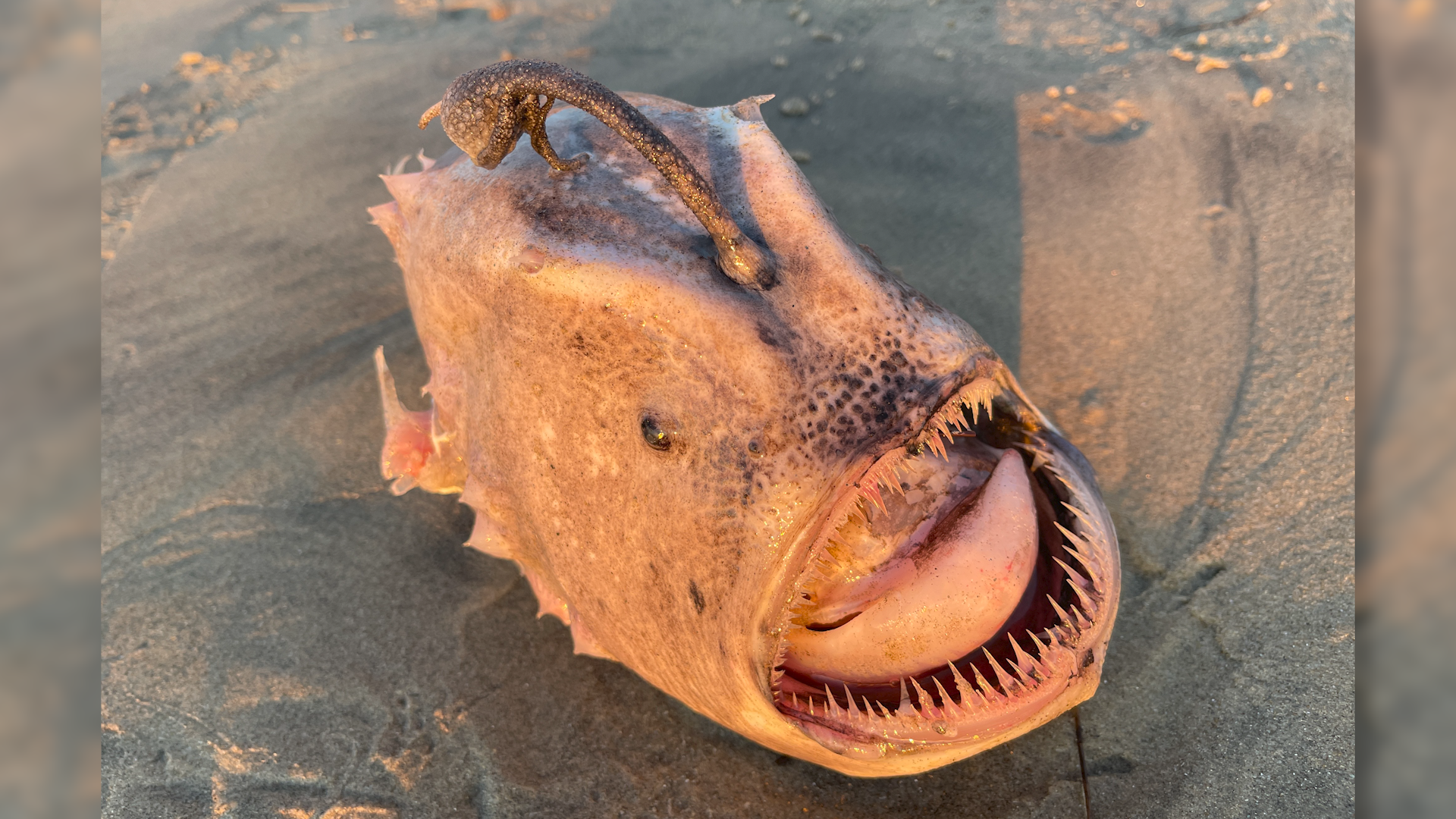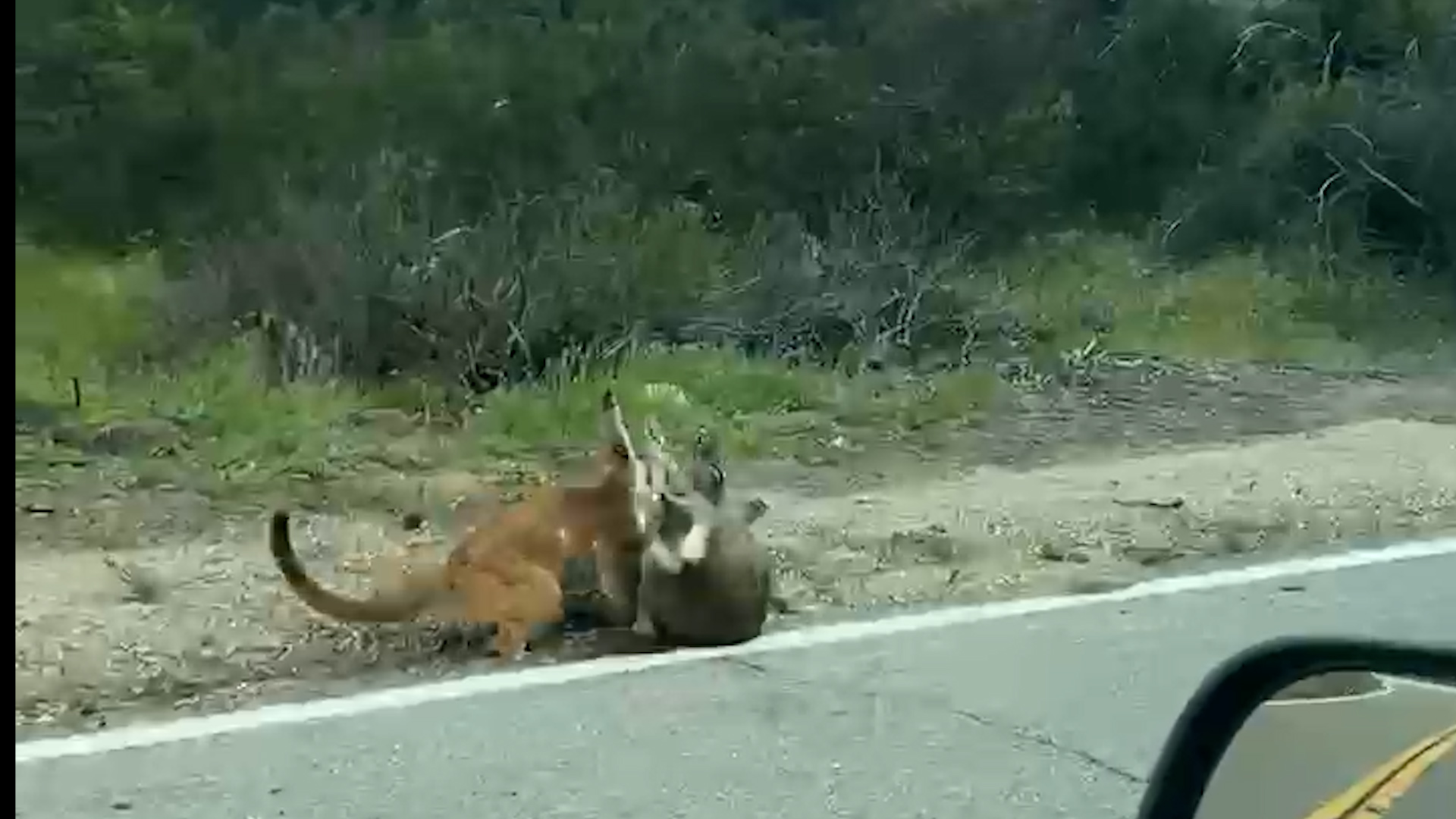Valella vallela or By-the-Wind Sailors have been seen from San Diego to Huntington Beach and even farther up north, NBC 7’s Shandel Menezes reports.
Visitors to the strand in Pacific Beach may notice some unusual visitors on the sand this week.
NBC 7 got some photos of our newest sea creature friends — what scientists call "pelagic colonial hydrozoans," aka By-the-Wind Sailors or Velella velella — from a sharp-eyed Pacific Beach-goer who was out walking Monday morning.
These blue Mondays, which are unable to deliver a sting that humans can detect, have been spotted north recently, reportedly in Huntington Beach and farther up the coast, but the local sighting was the first we heard of in San Diego County.
San Diego Wildlife
Get top local stories in San Diego delivered to you every morning. Sign up for NBC San Diego's News Headlines newsletter.
The beautiful blue and translucent white creatures ride atop the water, with their tiny white "sails" helping to propel them over the seas.
"Certain years/times of year, they appear in large numbers and can wash up and blanket beaches," Ben Frable, who is a collections manager at the Scripps Institution of Oceanography, told NBC 7. "I've seen a whole beach covered in Oregon."
Linsey Sala, who is a colleague of Frable's operating in the pelagic invertebrate collection, said Velella velella, which are fairly common, enter the scientific record in 1758. The critters, which at maturity, reach about 3 or 4 inches in diameter, are commonly seen off the coast of California, though they have, as Frable said, been seen in Oregon, and, in some cases, up in Washington state.
While there have been strandings of thousands of these creatures at a time, it's also not unusual for a small grouping of, say, the 10 or so spotted in PB on Monday to be detected.

"Sometimes it's only a few that get, that might get trapped in shoreward flows that transport them up to the beaches," Sala said. "And this might be the start of, potentially, seeing more."
Sala said the life cycle of the sailors begins in the deep ocean, where, waiting for the right moment in spring, the animals, which are related to jellyfish and coral, head to the surface and begin to feast on teeny, tiny crustaceans they stun into submission with neurotoxin.
"They have a pretty complex life history where there's additional stages that will reside in the deep sea during the wintertime and then, when conditions are such that it supports a lot of zooplankton activity, like we do see here in the spring," Sala said, "they then transition to the stage with the sail, and they make an excursion from the deep sea up to the surface, and then that's when we start to see them in that sort of feeding stage, with their tentacles trailing just below them below the surface."
While curiosity might get the better of shell hunters who think they spotted a sailor, they should not pick it up regardless, according to Sala.
"Anytime we have jellies on the beach, whether they're a species that could potentially sting your could not," Sala said, "I always say for people to observe with their eyes and not their hands because it's really challenging for someone to know how to identify these from, say, another type of purple-looking jelly that could sting and hurt you."



